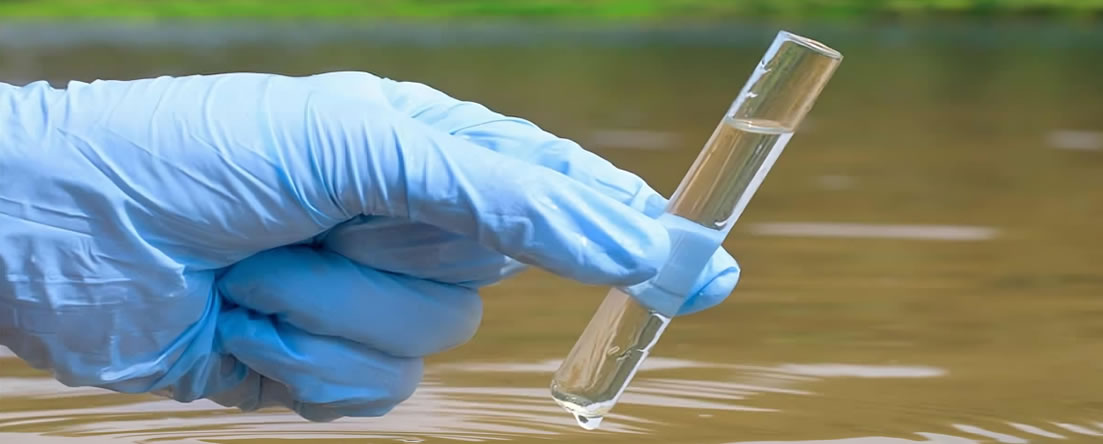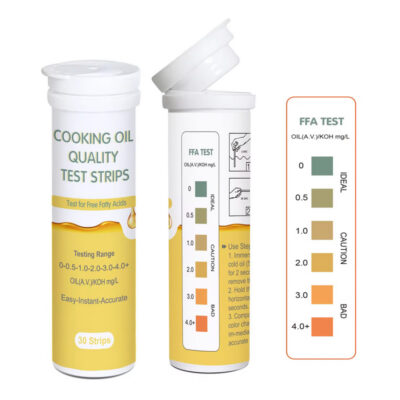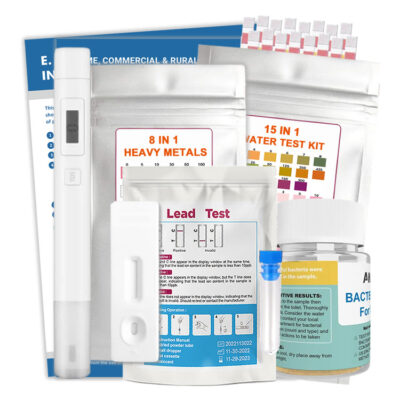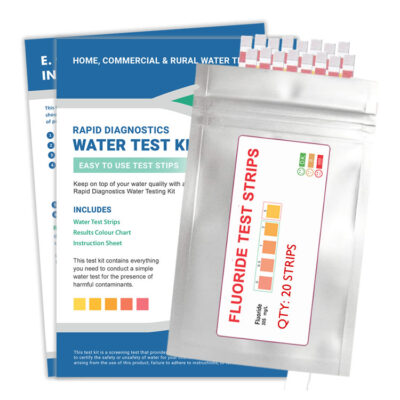Australia is facing a significant water contamination crisis due to PFAS (Per- and polyfluoroalkyl substances), commonly known as "forever chemicals." These substances have been used since the 1940s in various industrial and consumer products, including firefighting foams, non-stick cookware, and water-repellent fabrics. Their persistence in the environment and human body has led to increasing health concerns, particularly in regions like Oakey, Williamtown, and Katherine.
Please Note: Testing kit to detect PFAS (Per- and polyfluoroalkyl substances) mentioned in this article is not available through our store.

Understanding PFAS Contamination
PFAS are synthetic chemicals that do not break down in the environment, leading to their accumulation in water sources, soil, and living organisms. The Australian water crisis has brought to light the widespread presence of these chemicals in drinking water, significantly impacting the health of communities. Studies have linked PFAS exposure to severe health problems, including kidney and liver disease, thyroid disorders, reproductive and developmental issues, and several types of cancer.
Current Regulations and Health Risks
In the United States, recent regulatory updates have set stringent limits on PFAS levels in drinking water, essentially finding no safe exposure level. In contrast, Australia’s guidelines are considerably more lenient, which has sparked criticism from health experts and environmental activists. The disparity in regulations has prompted calls for an urgent review of Australian standards to better protect public health.
Experts highlight the bio-accumulative nature of PFAS, meaning that each exposure increases their concentration in the human body. This accumulation exacerbates the risks of serious health conditions, making it imperative for regulatory bodies to adopt stricter measures and for the public to be aware of the dangers.
Areas Affected by PFAS Contamination
The contamination is notably severe in areas such as:
- Oakey, Queensland: Known for a major PFAS contamination incident linked to the use of firefighting foams at a nearby military base.
- Williamtown, New South Wales: Similar issues related to military activities have led to significant PFAS pollution in local water supplies.
- Katherine, Northern Territory: PFAS contamination has been reported due to its proximity to military installations and the extensive use of PFAS-containing foams.
These regions highlight the broader national issue, with many other areas potentially facing similar risks due to industrial activities and historical use of PFAS products.
Government and Community Response
The Australian government has initiated some efforts to address PFAS contamination, including the development of a national framework for managing the chemicals and providing affected communities with access to clean water. Local governments and health departments are working to monitor water quality and inform the public about potential health risks. In affected areas, authorities are providing alternative water sources, such as bottled water, and advising residents to avoid using contaminated water for drinking, cooking, and irrigation.
What Residents Can Do
Residents in affected areas should take several precautionary steps to minimize their exposure to PFAS:
- Stay Informed: Keep up to date with local water quality reports and public health advisories.
- Use Alternative Water Sources: Use bottled water or install certified water filters that can reduce PFAS levels for drinking and cooking.
- Avoid Contaminated Water: Do not use potentially contaminated water for irrigating edible plants or for bathing young children.
- Advocate for Change: Engage with local and national policymakers to push for stricter regulations and better environmental protections.
- Seek Guidance: If unsure about the safety of your water, contact your local water board or water provider for advice and information.
Conclusion
The presence of PFAS in Australian tap water represents a significant public health challenge. While steps are being taken to address this issue, there is an urgent need for stronger regulatory measures and public awareness to protect communities from the harmful effects of these persistent chemicals. Residents in affected areas must remain vigilant and proactive in managing their water use and advocating for safer water standards.
By understanding the risks and taking appropriate action, Australians can better safeguard their health and push for necessary changes to ensure a cleaner, safer water supply for all.
- Yahoo News Australia - "Cancer risk poses water rules queries" discusses the health risks posed by PFAS and calls for regulatory reviews.
- 9News Australia - Covers the call for action regarding PFAS contamination in Australian water supplies.
- Nature - Provides scientific insights into PFAS contamination and its impact.
These articles provide detailed information on PFAS contamination, health risks, and the response from the Australian government and affected communities.







